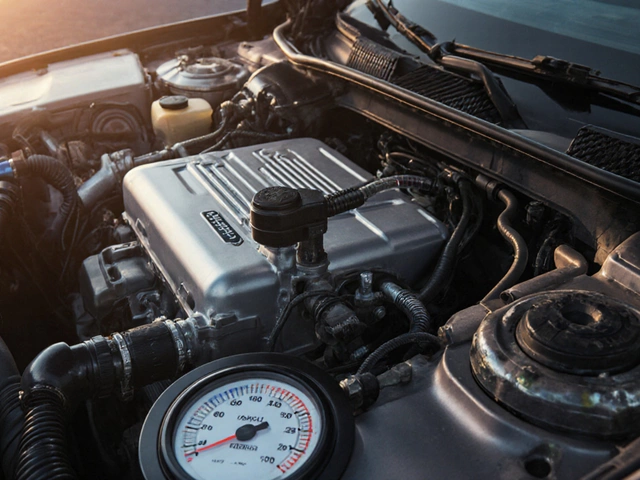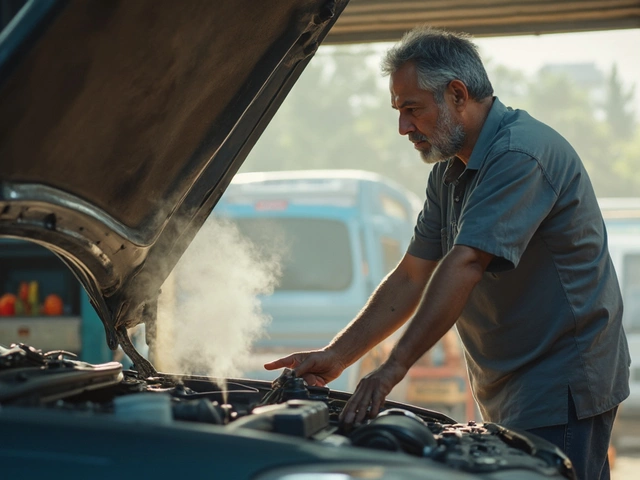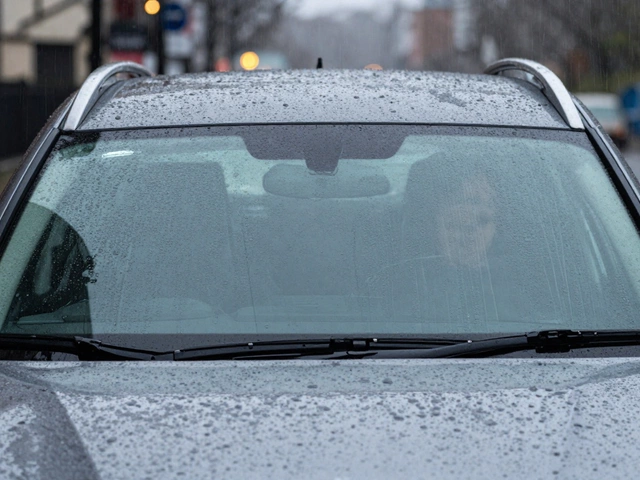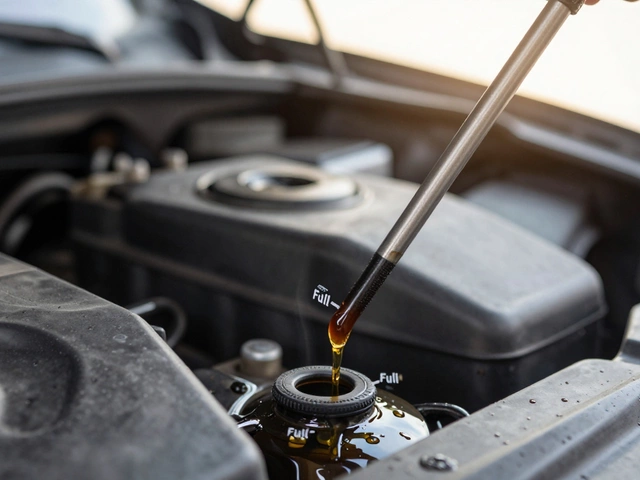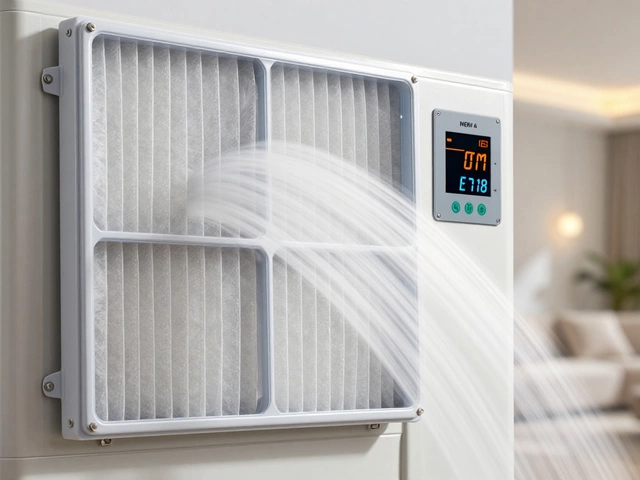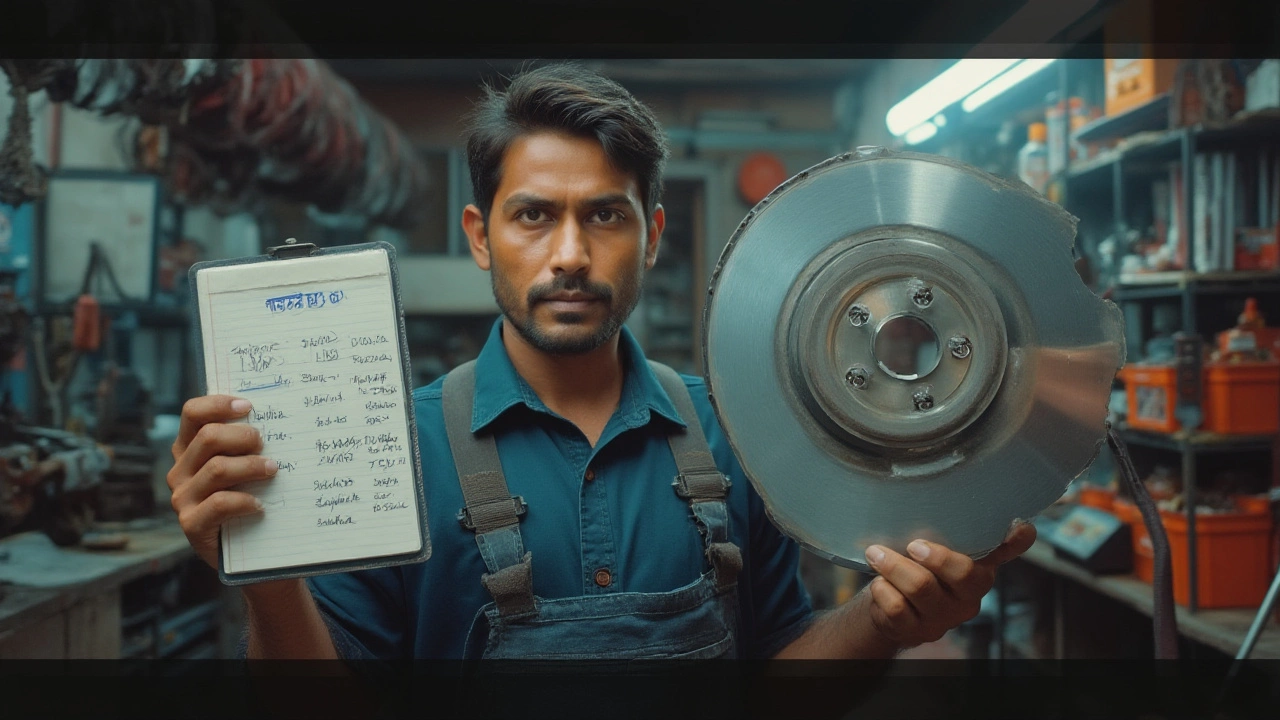
No one gets excited about spending money on their brakes, but most drivers cringe a bit when the garage says it's time to deal with the rotors. Here's what's wild: more than half the cars in Britain run longer than they should on worn rotors, simply because drivers want to avoid extra costs. So, is it really cheaper to resurface the rotors, or are you just delaying the inevitable and wasting cash? The answer isn't as straightforward as most people think. It hinges on your car, your driving habits, and how much life your rotors still have. Let’s break this down so you can walk into that next MOT or garage visit knowing exactly what you should do—and why.
The Basics of Brake Rotors and Why They Wear Out
Brake rotors basically do the hard work when it comes to stopping your car. Every time you hit the brakes, those clamp-like brake pads squeeze onto the rotors, which then convert your car’s moving energy to heat. But that heat and all the friction add up. Typical rotors in the UK put up with thousands of full stops, relentless rain, plenty of cold-morning starts, and—let’s be honest—the odd pothole. Rotor thickness drops slowly with normal use. When you pile up the miles doing a daily commute through city traffic or shuttle the family for half-term getaways, rotor wear happens faster than you might notice.
So what actually happens when rotors wear? They get thinner and can develop ridges or grooves where the brakes bite over and over again. Sometimes, if you feel shuddering or hear a scraping noise when braking, that’s a clue your rotors might be warped or uneven. British weather isn’t kind to bare metal, so sometimes rotors rust on the edges, even if you don’t drive much. If you've ever left your car standing for two weeks, you know the orange rust crust that can form. This isn’t just ugly—it can make the surface irregular, which affects braking performance. Garage mechanics often measure your rotor thickness with a micrometer gauge. When rotors drop below the minimum standard set by your car’s manufacturer (that number is usually printed in tiny letters on the rotor edge), you’re crossing into dangerous territory. Too-thin rotors can crack or, worse, fail under hard braking. Here's a quick reference for minimum thicknesses and UK average rotor lifespans:
| Car Type | Average Rotor Lifespan (miles) | Common Minimum Thickness (mm) |
|---|---|---|
| City Hatchback | 30,000 - 40,000 | 19 |
| Family Saloon | 25,000 - 35,000 | 21 |
| SUV/4x4 | 20,000 - 30,000 | 24 |
Knowing these numbers helps you keep ahead of surprise MOT failures. But there’s more to it. Rotor condition isn’t just a question of simple wear. Even if the thickness is OK, you can run into problems from grooves, cracks, or that blue-tinged “heat spot” effect from repeated hard braking—think Lake District roads or late-night motorway blasts. When garages look at your rotors, they’re checking both the numbers and the look and feel. If rotors aren’t too thin and only have minor grooves, you might get away with resurfacing, which is basically smoothing them flat again. But once the wear or damage crosses the line, replacement is the only safe bet.
The Case for Resurfacing: When Smoothing Things Over Makes Sense
So, what does resurfacing actually involve? Picture a big metal lathe in your local garage. The technician essentially shaves off a thin layer of rotor surface, just enough to get rid of grooves, rust patches, and light warping. Sounds clever, right? It usually takes about 20-30 minutes per rotor, and you don’t even need to remove your hub assembly in most cases, so labour is cheaper.
Here's where it gets interesting—resurfacing can cost as little as £15-£30 per rotor in most places around Bristol, compared to well over £70-£150 for a new quality rotor (not counting labour). That makes it pocket-friendly for careful drivers. But, there's a catch: every time you resurface, you’re making the rotor thinner. You can’t do it again and again. Mechanics will always check the new thickness before sending you on your way. If you’re close to that minimum, they’ll refuse. And honestly, you wouldn’t want to drive on hair-thin brakes anyway—think about wet winters or emergency stops on the M5.
So who’s resurfacing great for? If your rotors are just starting to get noisy, have minor rust, or a bit of vibration but still plenty of metal left, it’s a bargain fix. Taxi drivers around here like it because they rack up huge miles and want every penny of value. The job gets rid of annoying sounds and helps your new brake pads bed in smoothly. Plus, it’s quick, so you aren’t left without your car for long. Mechanics will also tell you, resurfacing is often best paired with replacing your brake pads. Trying to reuse old pads after skimmed rotors can mean uneven wear and reduced stopping power.
The downsides? Once you resurface, you’re closer to that minimum thickness. If you get a warped rotor again, you might not be able to resurface; you’ll need a new one. Also, some rotors today (especially those on modern hybrids and certain European models) are just too thin from the factory. Garages can’t always resurface them safely, and they’ll recommend new parts instead. More high-performance cars and some new electric vehicles use special coatings or exotic metal compounds that won’t respond well to skimming. The other thing—resurfacing doesn’t solve deep cracks, hard spots, or severe warping. If your rotor’s been glowing red after a wild track day, sorry, you’re replacing it.
| Resurfacing Scenario | Good Idea? | Comments |
|---|---|---|
| Minor grooves, still thick | Yes | Low-cost, lots of rotor life left |
| Blue spots/severe heat marks | No | Heat spots indicate deeper damage |
| Deep cracks or scoring | No | Compromised safety |
| Frequent long motorway runs | Maybe | Rotor gets thinner, weigh up savings |
If you do get your rotors resurfaced, check your car’s braking immediately. Light vibrations and squeals usually clear up after a few hundred miles with the new surface bedding in. If you still feel a wobble, have the garage double-check for wheel alignment or suspension issues—the problem might not be the rotors at all.
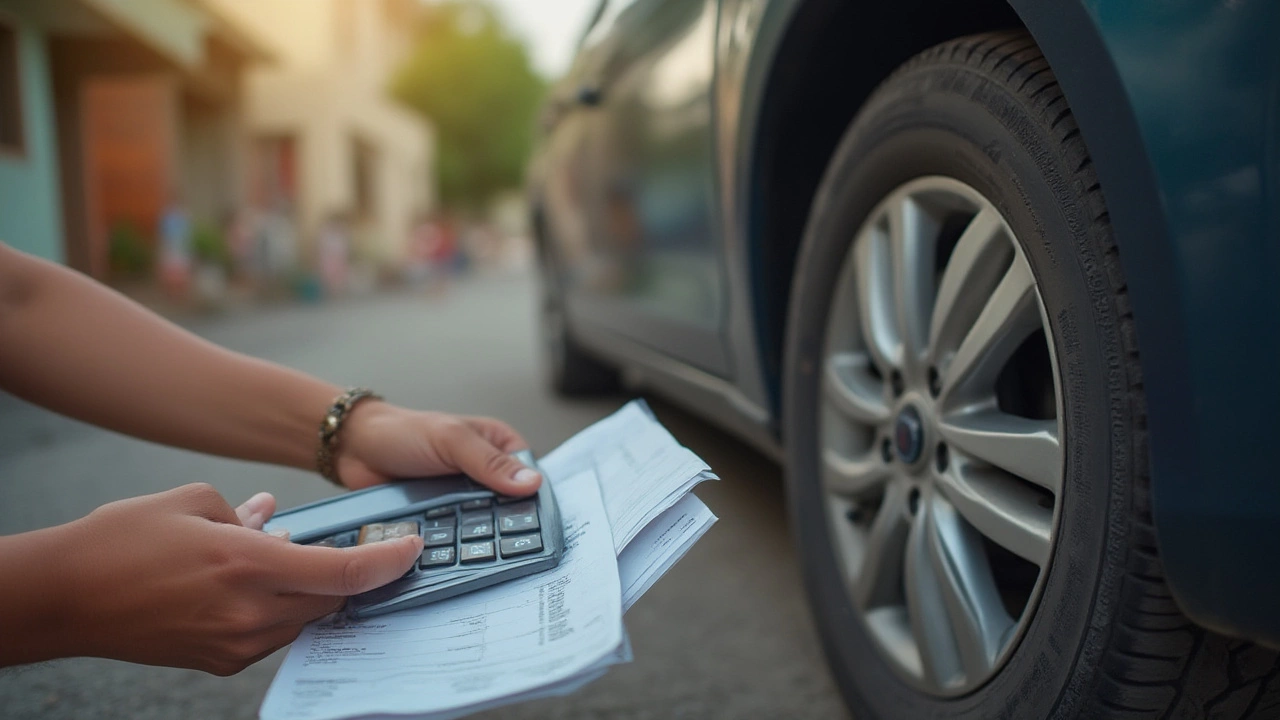
Rotor Replacement: When Swapping Is Worth the Expense
There’s a point where resurfacing just isn’t worth the risk. If you’re down to your last millimetre of rotor thickness, mechanics won’t bother; they’ll just recommend a fresh set. Now, the honest truth: replacement always costs more upfront, but you get peace of mind and often better long-term savings. In the UK, fitting new brake rotors usually runs £70-£150 apiece for standard cars, but the price climbs fast for big SUVs, fancy imported models, or cars with high-performance kits. Add in labour at £40-£80 per hour, and a full set quicky breaks £400 for both axles, even more if you’re driving something German or electric.
What do you get for the price? For one, new rotors reset the clock. You’ll often get 30,000 miles or more before worrying again, unless you hammer the brakes in daily traffic or tow heavy gear. New rotors are also perfectly flat, ensuring your brake pads bed in at their best. That means better stopping power, less noise, and fewer headaches chasing odd shimmies and shakes. For drivers who never want to think about a garage twice a year, that’s a worthy trade. Modern replacement rotors often feature anti-corrosion coatings, extra venting for heat dissipation, and better quality control than what came on cars a decade ago.
When is replacement non-negotiable? Here are the main cases:
- Your rotor is below or close to minimum thickness. Safety first, always.
- You spot cracks, deep scoring or pitting that can’t be skimmed out.
- There’s visible heat damage (deep blue or dark areas) that won’t machine away.
- Your make or model uses one-piece or coated rotors designed not to be resurfaced.
- You’re fitting performance or ceramic pads that need a perfectly smooth new surface.
Here’s a pro tip: you don’t always need to replace all four rotors at once. The front brakes do most of the stopping, so they wear out fastest. You might get away with new fronts only, saving cash if your rear rotors are still healthy. And don’t forget—brake rotors are a job best done with brakes pads at the same time. Mixing old with new often ruins both.
| Replacement Rotor Type | Average Cost (Each) | Expected Lifespan (miles) |
|---|---|---|
| Standard vented | £70-£110 | 30,000-40,000 |
| Slotted/drilled (performance) | £120-£200 | 25,000-35,000 |
| Coated/anti-corrosion | £90-£140 | 35,000-45,000 |
The upside to replacement is no guesswork. You won’t be checking with a micrometer every service or crossing your fingers at the MOT. There's less chance of returning to the garage complaining that your brakes still don’t feel right. Plus, if you plan on keeping your car for a while, or plan to sell it soon, a fresh set of rotors raises your car's value with buyers. Nobody likes buying someone else’s half-worn brakes.
So, Is Resurfacing or Replacement Cheaper In The Long Run?
Now here's the part nobody tells you with straight numbers. Sure, resurfacing is cheaper right now—as little as a third the price of new rotors and quicker, too. For people who drive low miles, like city dwellers or folks with a second car, it can be a smart play, especially if the rotors have only mild surface marks. But the savings start to blur over time. Resurfacing cuts away rotor metal. Every time you do it, the odds of needing brand-new parts next time jump up. If you have to resurface twice within 10,000 miles, you might spend nearly as much as a new set—and still end up having to replace them anyway.
Here’s something to chew on: drivers who keep cars longer than seven years tend to save more by biting the bullet and replacing the rotors at the first signs of serious wear. You get peace of mind, better braking, and avoid irritation at MOT time. But if you’re trading up, flipping leased cars, or only drive a few thousand miles a year, resurfacing keeps your costs down without much risk.
resurface rotors still has a place, but only if you play by the safety book. Always check the manufacturer’s minimum spec, and ask for before and after measurements if you’re not sure. And remember—your brakes are the last thing you want failing in a pinch. Saving a few quid isn’t worth a close call on a rainy night.
If you’re a bit handy, replacing rotors yourself is doable with basic tools, a good jack, and YouTube tutorials. Some drivers in Bristol’s car clubs do it themselves in two hours for the price of parts. But for most, especially with airbag sensors and tricky electronic park brakes on modern cars, a trusted mechanic keeps it simple and safe.
So, next time the garage asks what you want to do, weigh up: Is this the second time you’ve resurfaced? Is there enough metal left? Does your MOT always find something off with the brakes? If yes, replacement probably saves money and headaches. But for a first light skimming, resurfacing is still alive and kicking. With UK rotor prices in 2025 creeping upward (thanks, supply chain!), every well-informed choice means a few extra pints at your local… or maybe just a quieter ride home.

